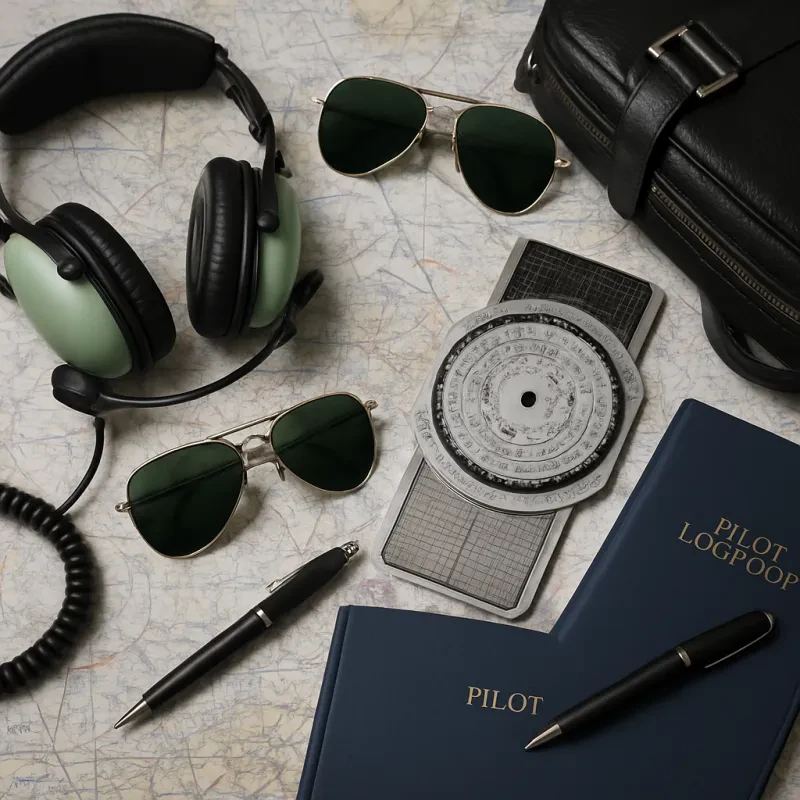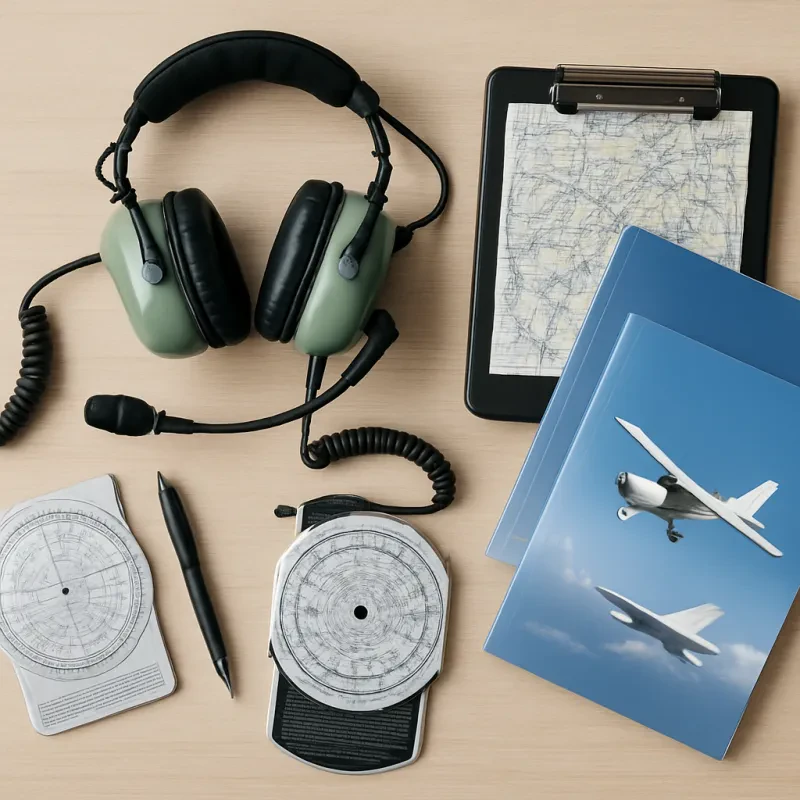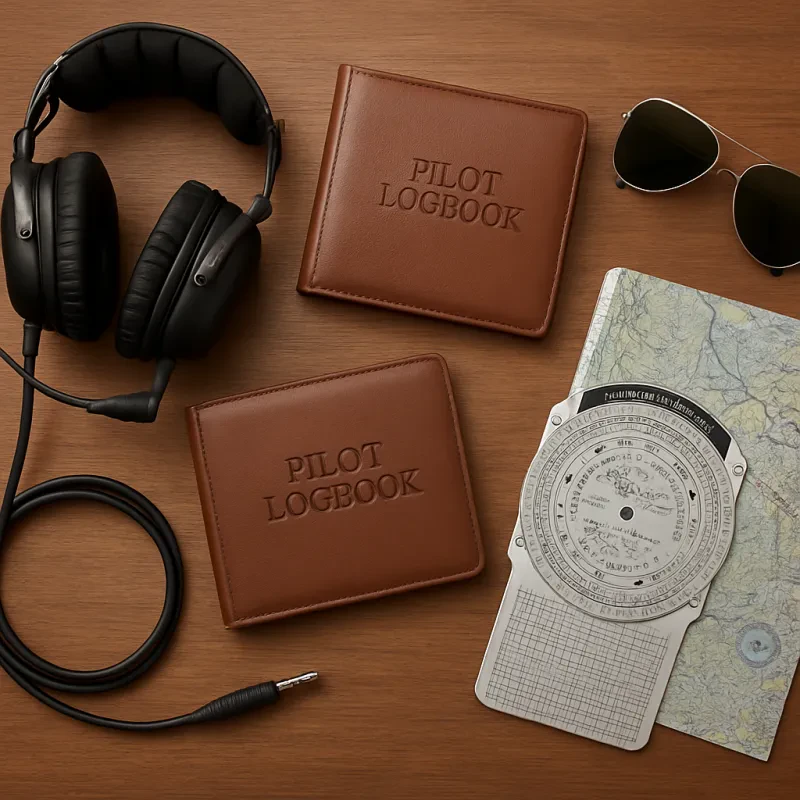In addition to your pilot's license, you should also have some form of identification with you whenever you're flying. This could be a driver's license, passport, or any other government-issued ID. Having proper identification on you is not only a good practice, but it's also required by law in many countries. It's important to have both your pilot's license and ID readily available in case you need to show them to air traffic control, airport security, or any other aviation official.
Remember that your pilot's license and identification are not only essential for legal and safety reasons, but they also serve as a source of pride and accomplishment. Whenever you open your flight bag and see your license tucked away inside, it should remind you of the hard work and dedication it took to earn it. So, make sure you always have your pilot's license and identification with you whenever you're up in the air, and you'll be well on your way to becoming a successful pilot.
Navigation Tools and Flight Logs
As a student pilot, having the right navigation tools and maintaining accurate flight logs are essential for a safe and successful flight. Navigation tools such as charts, maps, and GPS devices are key in helping you navigate the skies and stay on course. It's important to always have up-to-date charts and maps with you, as well as a reliable GPS device to provide real-time information on your location and route.
Flight logs are also vital for student pilots, as they help track important details such as flight hours, routes, and any incidents or observations during a flight. Keeping a detailed and accurate flight log not only helps you stay organized, but also allows you to track your progress as you work towards earning your pilot's license.
When it comes to navigation tools, having both digital and paper options is recommended. While GPS devices are convenient and provide real-time information, having paper charts and maps as backup in case of technology failure is crucial. Additionally, learning how to navigate using traditional methods such as pilotage and dead reckoning is an important skill for all student pilots to master.
In terms of flight logs, there are various templates and apps available to help you keep track of your flights. Whether you prefer a traditional paper logbook or a digital logbook on your smartphone or tablet, finding a method that works best for you is key. Remember to record all necessary information such as date, aircraft type, flight duration, and any important notes or observations after each flight. By staying organized and maintaining accurate navigation tools and flight logs, student pilots can ensure a safe and successful flying experience.
Emergency Supplies and First Aid
As a student pilot, it is important to always be prepared for any emergency that may arise while in the air. One of the essential items to have in your flight bag is a well-stocked first aid kit. In case of minor injuries or accidents, having the necessary supplies on hand can make a big difference in providing immediate care.
Some of the items that should be included in your first aid kit are bandages, gauze pads, adhesive tape, antiseptic wipes, and pain relievers. It is also a good idea to have any personal medications you may need readily accessible. In addition to first aid supplies, you should also have emergency contact information, including your pilot's license, medical information, and any allergies or medical conditions.
In addition to a first aid kit, it is important to have emergency supplies in your flight bag. Some items to consider including are a flashlight, extra batteries, a signaling mirror, a whistle, and a multi-tool. These supplies can come in handy in case of an unexpected landing or if you need to attract attention for rescue.
Being prepared for emergencies is a crucial part of being a responsible pilot. By making sure you have the necessary supplies and first aid kit in your flight bag, you can ensure that you are ready to handle any situation that may arise while in the air. Remember, safety always comes first.
Communication Devices and Sunglasses
When it comes to flying, communication is key. As a student pilot, you'll need to stay connected with air traffic control, other aircraft, and your instructor. That's why having the right communication devices in your flight bag is crucial. A handheld aviation radio is a must-have item for any pilot. It allows you to listen to and communicate with air traffic control and other pilots in your area. Make sure you have spare batteries or a charger, as you don't want to be left without communication in the middle of a flight.
In addition to a handheld radio, a good headset is essential for clear communication in the cockpit. Look for a headset that is comfortable to wear for long periods of time and provides noise-canceling features to block out engine noise. Some headsets even have Bluetooth capabilities, allowing you to connect to your phone or other devices while in the air. This can come in handy for listening to weather updates or communicating with your flight school.
Another important item to have in your flight bag is a good pair of sunglasses. Flying at high altitudes can be harsh on your eyes, so it's important to protect them from UV rays and glare. Look for sunglasses with polarized lenses that provide both UV protection and reduce glare from the sun. A good pair of sunglasses can make a world of difference in your comfort and visibility during a flight. So don't forget to pack them in your flight bag before you head to the airport.


